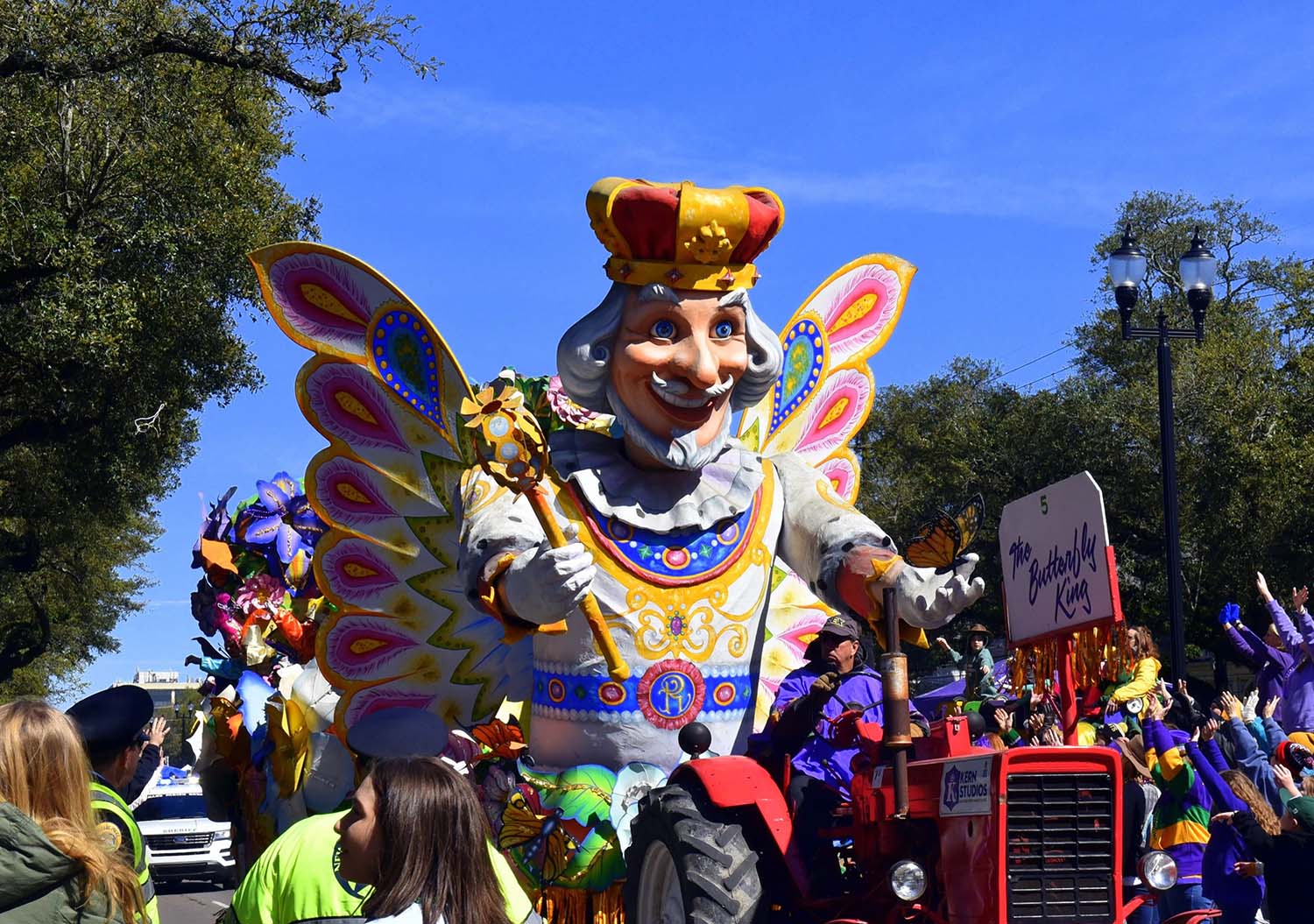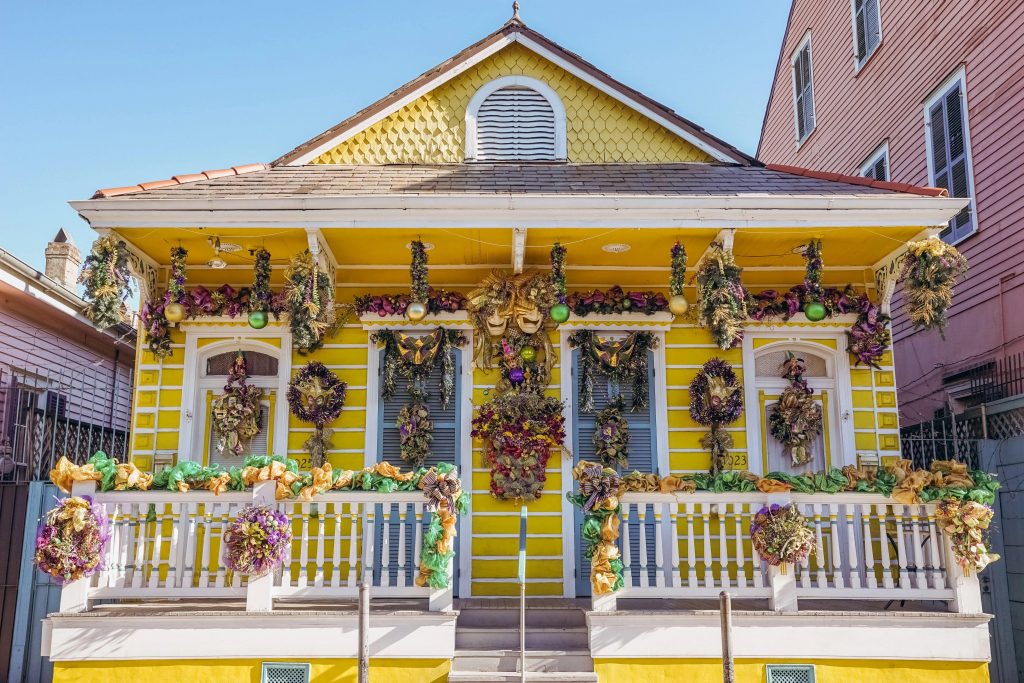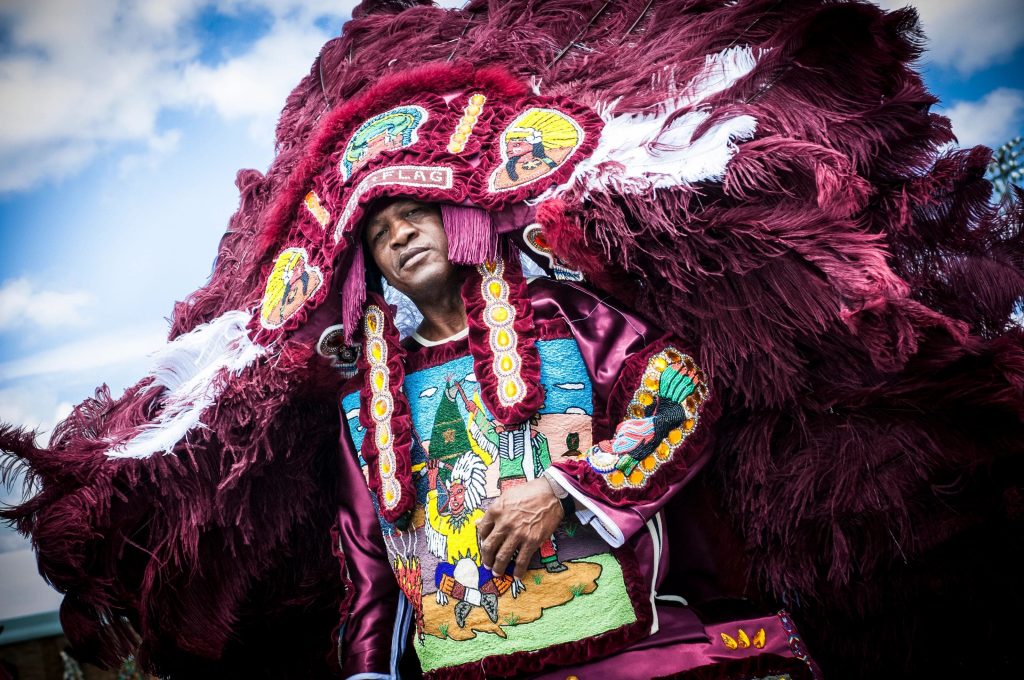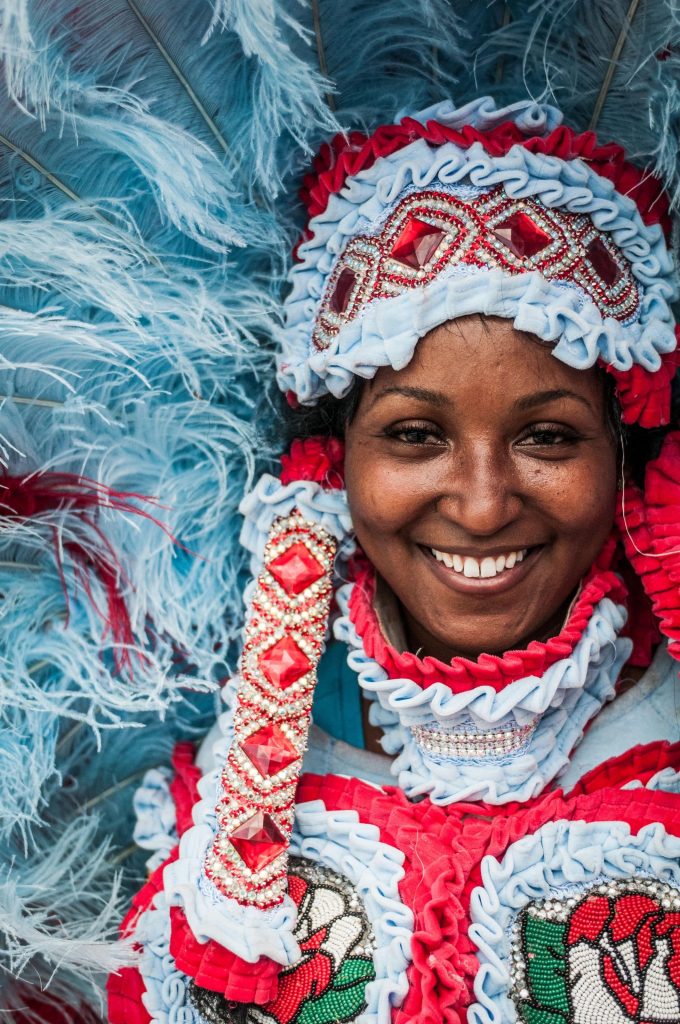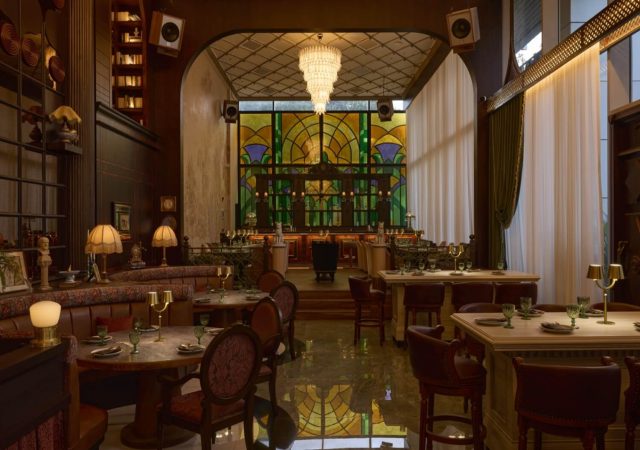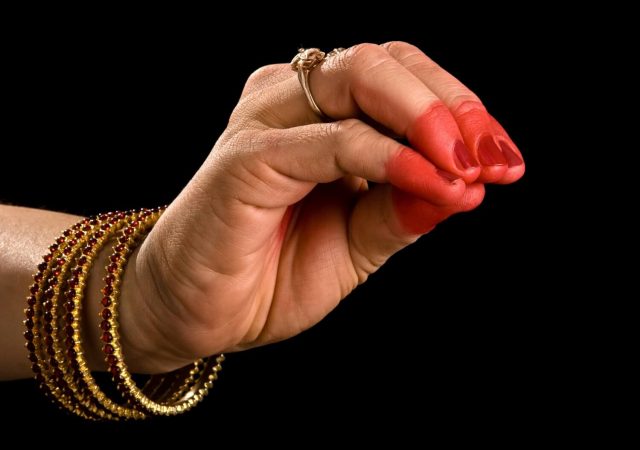The locals in New Orleans will tell you that the best season to be in New Orleans is here: eating king cakes, bead-tossing, costuming, and parading begins and only increases as Mardi Gras Day approaches. Mardi Gras means Fat Tuesday in French and represents the season of Carnival celebration. Every year, Mardi Gras season begins on Twelfth Night, which is January 6. Twelfth Night represents the Christian holy day of the Epiphany. The season, which represents a time of celebration before Christian Lent, lasts until Fat Tuesday. Mardi Gras in New Orleans is a vibrant celebration filled with colourful parades, lively music, and traditions that captivate locals and visitors alike.
HISTORY
Mardi Gras originated in 1699 in New Orleans, marked by balls representing society members. The Twelfth Night ball featured a king cake, and finding the bean determined the next host, a tradition persisting until Mardi Gras. Today, balls are affiliated with parades, organizations, or krewes. The Mistick Krewe of Comus held the first ball in 1857, while Rex’s 1872 parade introduced the king of Mardi Gras and official colours: purple for justice, green for faith, and gold for power, symbolizing the “king.”
Lundi Gras, which means Fat Monday in French, is the day before Mardi Gras day. Some parades roll that night, including Proteus and Orpheus, while the day is often filled with festive lunches and celebrations, including the wonderfully creative Red Beans Parade.
MARDI GRAS PARADES AND KREWES
Mardi Gras Krewes
Krewes, representing various organizations, celebrate Mardi Gras through parades and balls, each with unique histories and traditions, often led by an honoured captain. Krewes often feature courts with changing royalty each year. Parade themes vary, drawing inspiration from history, legends, news, and entertainment, with satire and political comedy in popular parades. Throws, tossed by float riders, include beads, toys, cups, and signature items like the Muses shoe or Zulu coconut, reflecting the theme or krewe symbols.
Rex
Founded in 1872, the Rex Organization, hosting the second official Mardi Gras parade, is the longest-running. The organization is credited for creating Mardi Gras royalty: Rex and his queen. Rex means king, so he is known as the King of Carnival. The organization named Mardi Gras’ official colours and royal anthem, “If I Ever Cease to Love,” which is played at the exclusive invitation-only Rex ball that closes Mardi Gras annually.
Zulu
Zulu, a Social Aid and Pleasure Club established in the early 1900s, originally provided financial support to the African American community. Their Mardi Gras Day parade debuted in 1915, later securing the St. Charles Avenue and Canal Street route in 1968. The distinctive Zulu costume involves black face paint, wigs, and grass skirts. Members traditionally threw coconuts, which are now handed down to prevent injuries, initially representing gold, silver, and coal.
MARDI GRAS TRADITIONS
Mardi Gras Masking and Costumes
Masking is a tradition during Mardi Gras. Masks were first worn to escape society and class constraints. Today, float-riders are required to wear masks by law to keep in tradition and the mystery of who is in which krewe. Float-riders often wear a costume as well that matches their float’s theme. Parade-goers, adorned in vibrant costumes, contribute to the festive atmosphere, particularly on Fat Tuesday.
Flambeaux
Beginning in 1857, flambeauxs were used to light the Mardi Gras parade. A flambeaux is an iron pole that lights fire on either side of it. They are carried by brave walkers, who are thrown change as a thank you.
Mardi Gras Indians
One of the most mysterious, fascinating, and colourful pieces of New Orleans’ cultural quilt belongs to Mardi Gras Indians. A unique and historic subculture of New Orleans, Mardi Gras Indians and their traditions date back to the 1800s when Native Americans helped shield runaway slaves. Mardis Gras Indian culture is influenced by both ancestral enslaved Africans and the friendship forged with Native Americans.
King Cake
King Cake, the official Mardi Gras food enjoyed from breakfast to parades, is a festive dessert blending coffee cake and cinnamon roll. Adorned with purple, green, and gold icing, it may be filled with cream or fruit, and a hidden baby brings tradition – finder buys the next cake!
VISITOR INFORMATION
Best time to Go
New Orleans buzzes with Mardi Gras excitement, with major parades starting a week before Mardi Gras Day. Nightly processions by super-krewes and historic parades like Proteus, Rex, and Zulu highlight the final week. Weekend parades, starting from Twelfth Night, lead up to the grand celebrations, featuring favourites like Endymion, Bacchus, Muses, and Tucks.
Mardi Gras Parade Routes and Where to Stay
Choosing where to stay during Mardi Gras depends on your preferences. While parades occur in different neighbourhoods, the main route from Napoleon Avenue through Uptown to Canal Street near the French Quarter is popular. Walking or biking is advisable due to transportation challenges. Hotels along St. Charles Avenue or Canal Street are popular. Uptown suits family stays, with some downtown hotels offering balcony viewing or stands. Parades like Endymion go through Mid-City and downtown, Krewe du Vieux in Marigny/Bywater, and Zulu take a distinct route in Central City and Treme. Contrary to belief, major parades do not pass Bourbon Street, but it is a lively place to be in for celebrations, including the Greasing of the Poles, on the Friday before Fat Tuesday.


